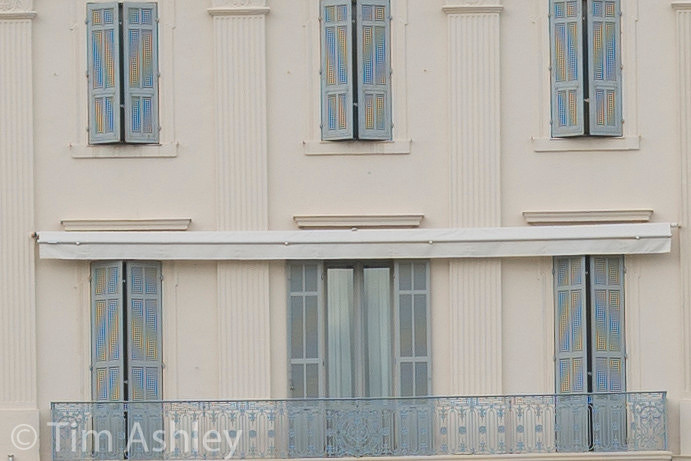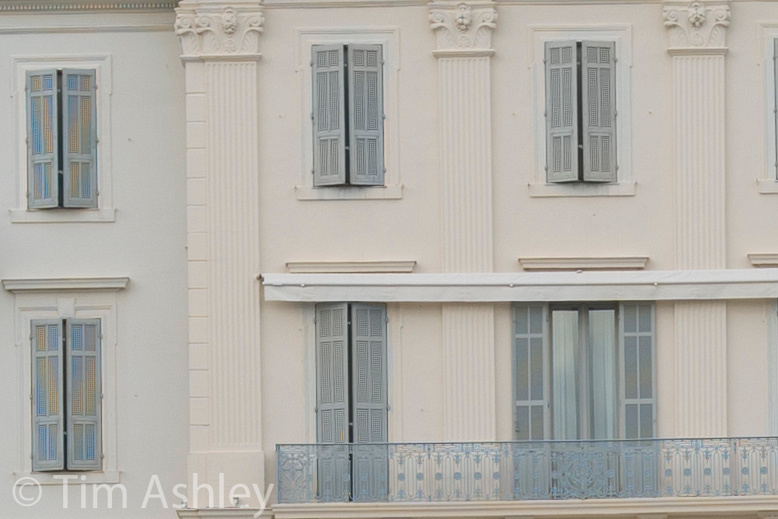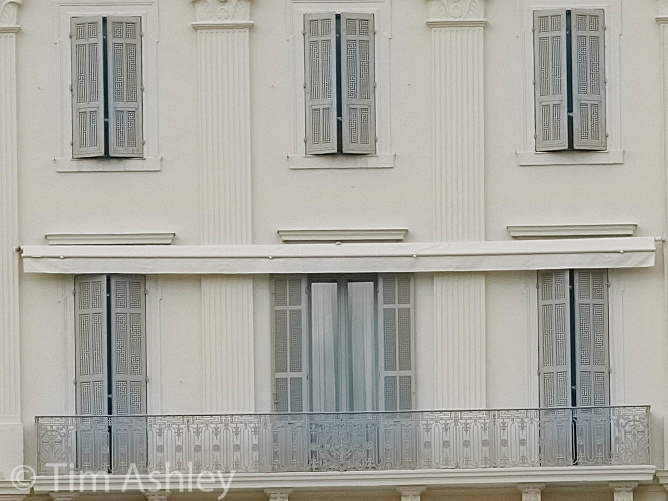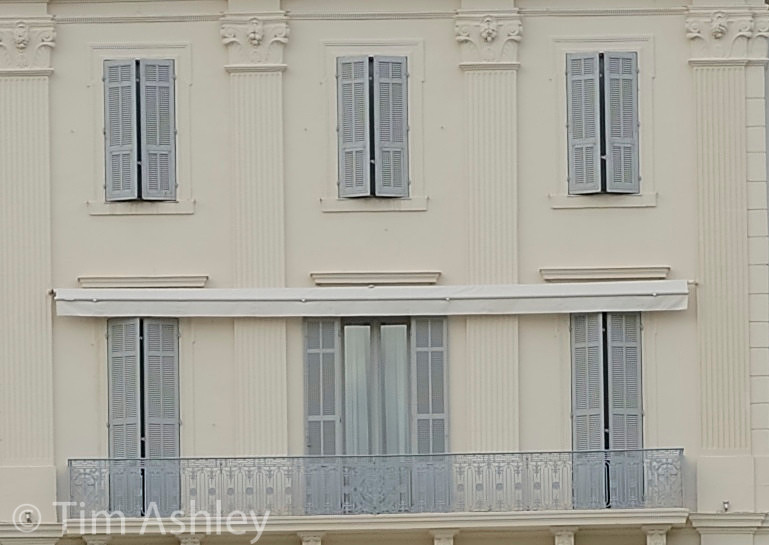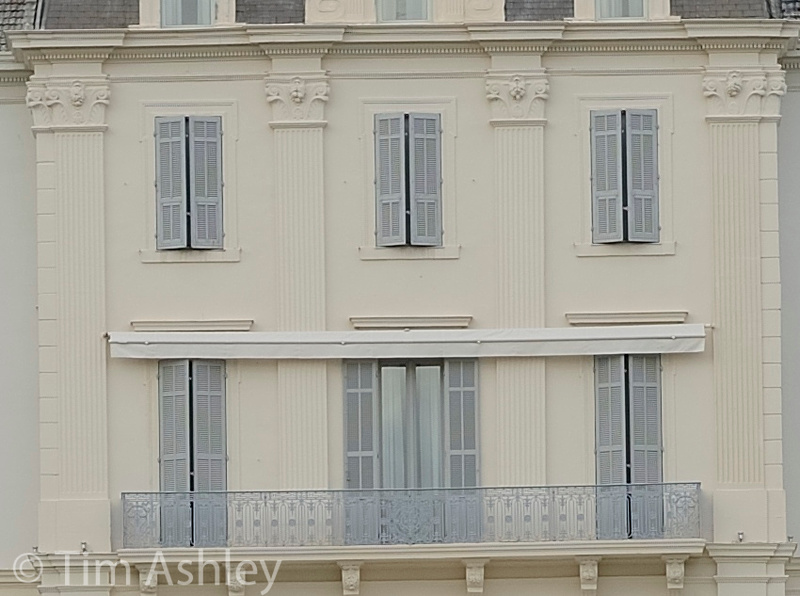D800E and Moiré: What PP gets rid of it best?One of the many reasons that Medium Format fashion and portrait photographers shoot tethered is so as to be able to spot moire at source and, by subtly changing angle or distance, take the shot again so as to eradicate it. This is made necessary by the fact that, in order to make the most of their sensors' crackingly good resolution, there's no AA filter. Indeed a CCD sensor freed of the blurring effects of an AA filter is a marvel to behold and is one of the reasons why the Leica M9 has such a devout following. The D800 has a very light AA filter and the D800E has, in effect, none. Either of them, but especially the E, is therefore theoretically more at risk of moire than a 'normal' SLR. I've taken quite a lot of frames on both cameras since April and I have seen moire rarely on either body but I did find one marvellous example that I wanted to share - so people can see what it looks like when things go horribly wrong, and see what the three major RAW processing engines do about it (I'll ignore Aperture here, though I have a copy, because I am not sufficiently experienced in using it). Here's the shot, taken on an E with the adapted Leica 50mm R Cron, probably at f5.6 or thereabouts. Now I should mention that this is a fantastically sharp lens, and sharpness is not always your friend...
Rather boring, sorry, but it is a good example as you'll see.
Here's a 100% crop of the shutters as rendered by Lightroom at defaults:
Clearly this is not good, and it would (in fact does) show quite clearly in a print. And the news on post processing it away is not fantastic... Here's the same shot with LR moire removal brush applied to the all but the left-hand set of shutters:
Now in Capture One with default sharpening and full moire correction:
How about Nikon Capture NX2?
Now there's a lot here to argue about: the three programs offer different possible combinations of degree of colour moire removal and degree and type of sharpening. Depending on your workflow and access to software, you might hop around between programs and see where you can get to, possibly with combinations of more or less sharpening and moire reduction in local adjustments too. You might also go into Photoshop and do something smart with channels and blur. But none of them is going to take away all the pattern and colour moire without compromising sharpness, and none of them is going to fully restore those slats to being slats, ever. That detail is gone. Usually (not always) this is easier to get rid of in fabrics, because as you can see the colour is easier to deal with than the pattern, and in fabrics the pattern is usually so tight and fine that blurring it selectively is less noticeable than with these shutter slats... Morals of the story: 1) When you came across subjects that might cause this in a grief-giving way, check the LCD after shooting and if you see it, shoot again at a slightly different distance. This generally gets rid of the problem but still check and check again. It happens rarely but after years of shooting Digital Leica M cameras, I can safely say that I've had a handful of shots that mattered to me, that I could not easily re-shoot, and that I have never been able to 'treat' fully 2) If you end up with moire in a frame that you really want to use, NX2 is probably the best place to start. If it were me, I'd convert and de-moire in NX2 and then export to TIFF for selective sharpening elsewhere. YMMV. ps I'm aware that there is a lot of 'secret sauce' out there and if anyone would like to share it, please do! We'd all love to know how best to deal with this...
|


